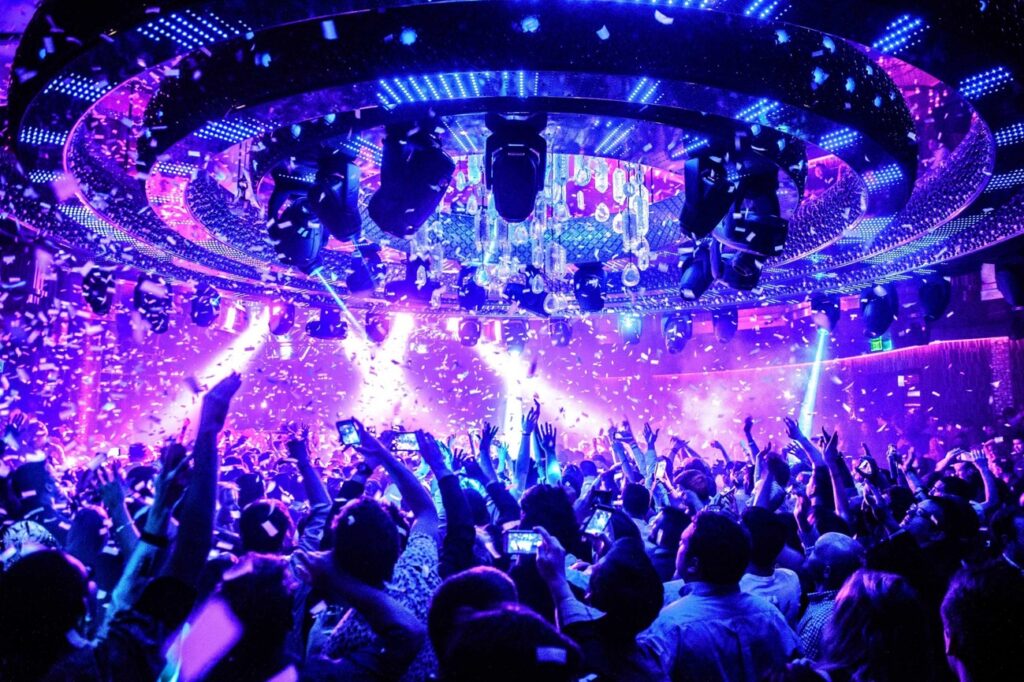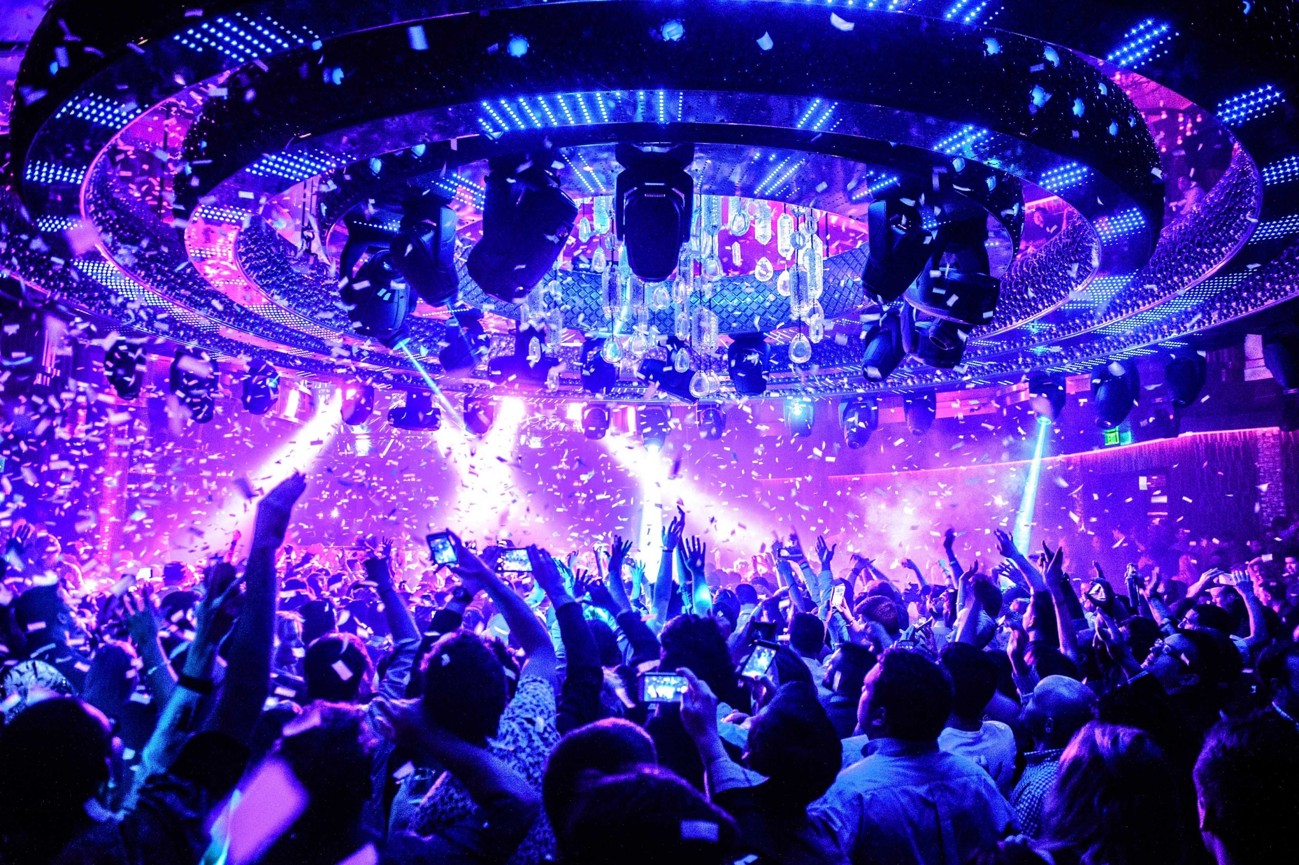
The Enduring Appeal of the ‘Party in the Club Song’: Why These Tracks Still Dominate Nightlife
The phrase “party in the club song” evokes a very specific feeling: the thumping bass, flashing lights, and collective energy of a packed dance floor. These aren’t just songs; they’re anthems that define a moment, a night, and sometimes, an entire era. But what makes a particular track become a perennial ‘party in the club song’? What are the elements that contribute to its staying power, and why do DJs and club-goers alike keep returning to these reliable bangers?
This article delves into the anatomy of the quintessential ‘party in the club song,’ exploring the musical components, cultural impact, and psychological triggers that make them irresistible. We’ll examine specific examples, dissect their success, and consider how the genre continues to evolve while still honoring the traditions that make a ‘party in the club song’ so universally appealing. From the early days of disco to the contemporary sounds of EDM and hip-hop, we’ll trace the evolution of the soundscape that gets people moving.
The Anatomy of a Club Anthem
A successful ‘party in the club song’ isn’t just about a catchy melody. Several key elements contribute to its effectiveness on the dance floor:
- The Beat: A driving, consistent beat is crucial. Typically, this is a 4/4 time signature with a prominent bass line. Think of the feeling of the beat vibrating through the floor and into your chest – that’s the power a good ‘party in the club song’ possesses.
- The Hook: A memorable hook, whether it’s a vocal phrase, a synth riff, or a sample, is what gets stuck in people’s heads and keeps them coming back for more. This is the earworm that guarantees repeat listens.
- The Build-Up and Drop: In modern electronic music, the build-up and drop are essential. The tension created during the build-up, followed by the explosive release of the drop, is a powerful tool for generating excitement and energy on the dance floor. This is a standard feature in any good ‘party in the club song’ nowadays.
- Simplicity: Paradoxically, many successful ‘party in the club song’ are relatively simple in their structure. This allows for easy mixing and seamless transitions between tracks, which is essential for maintaining momentum during a DJ set.
- Energy: Above all, a ‘party in the club song’ needs to exude energy. It needs to make people want to move, to dance, to celebrate. This energy is often conveyed through a combination of tempo, rhythm, and harmonic content.
Iconic Examples of ‘Party in the Club Song’
Throughout music history, several tracks have consistently proven their ability to ignite a dance floor. These songs have become staples in club sets worldwide:
- “September” by Earth, Wind & Fire: This disco classic is a guaranteed crowd-pleaser with its infectious groove and uplifting lyrics. It’s a timeless example of a ‘party in the club song’ that transcends generations.
- “I Wanna Dance with Somebody (Who Loves Me)” by Whitney Houston: This upbeat pop anthem is impossible not to sing and dance along to. Its soaring vocals and catchy melody make it a perfect choice for a ‘party in the club song’.
- “Levels” by Avicii: This EDM track redefined the sound of club music in the early 2010s. Its iconic synth melody and powerful drop made it a global phenomenon and a defining ‘party in the club song’ of its time.
- “Yeah!” by Usher ft. Lil Jon & Ludacris: This crunk classic is a high-energy track that never fails to get the crowd hyped. Its infectious beat and call-and-response vocals make it a quintessential ‘party in the club song’.
- “One Kiss” by Calvin Harris & Dua Lipa: A modern example of a perfect club track, blending house music with pop sensibilities. It’s a song tailor-made to be a ‘party in the club song’.
The Psychological Impact of Music on the Dance Floor
The power of a ‘party in the club song’ extends beyond its musical qualities. Music has a profound psychological impact on listeners, influencing their mood, behavior, and social interactions. When people gather in a club to dance, they’re participating in a collective experience that can be incredibly cathartic and empowering.
The rhythmic synchronization that occurs when people dance together creates a sense of unity and connection. This feeling of belonging can be particularly strong when accompanied by a ‘party in the club song’ that everyone knows and loves. The shared experience of dancing to the same music fosters social bonding and strengthens group identity.
Furthermore, dancing releases endorphins, which have mood-boosting effects. This, combined with the energy of the music and the social atmosphere of the club, can create a state of euphoria and heightened sensory awareness. A great ‘party in the club song’ amplifies these effects, making the experience even more enjoyable and memorable.
The Evolution of the Club Soundscape
The sound of the ‘party in the club song’ has evolved significantly over time, reflecting changes in musical technology, cultural trends, and audience preferences. From the disco era to the rise of house music, techno, and EDM, each generation has its own distinct sound that defines the club experience.
In the early days of disco, songs like “Stayin’ Alive” by the Bee Gees and “Le Freak” by Chic dominated the dance floor. These tracks were characterized by their funky bass lines, lush orchestration, and uplifting vocals. As electronic music emerged, genres like house and techno began to take hold, offering a more minimalist and repetitive sound that was perfect for extended DJ sets. [See also: History of Electronic Music]
The rise of EDM in the 2010s brought a new level of energy and spectacle to the club scene. Tracks like “Levels” by Avicii and “Don’t You Worry Child” by Swedish House Mafia featured massive drops, soaring synths, and anthemic vocals that were designed to create a sense of euphoria. Today, the ‘party in the club song’ continues to evolve, incorporating elements of hip-hop, pop, and global music influences.
The Role of the DJ in Shaping the Club Experience
The DJ plays a crucial role in shaping the club experience and determining which songs become ‘party in the club song’ staples. A skilled DJ can read the crowd, build momentum, and create a seamless flow of music that keeps people dancing all night long.
The art of DJing involves more than just playing records. It requires a deep understanding of music theory, rhythm, and timing, as well as the ability to anticipate the audience’s reactions. A good DJ can blend different genres and styles of music together in a way that creates a cohesive and engaging listening experience. They can also use techniques like mixing, scratching, and looping to add their own personal touch to the music. [See also: The Art of DJing]
Ultimately, the DJ is responsible for creating the atmosphere and energy of the club. By carefully selecting and sequencing the music, they can transform a space into a vibrant and unforgettable ‘party in the club song’.
The Future of the ‘Party in the Club Song’
As music continues to evolve, so too will the ‘party in the club song’. New genres, technologies, and cultural trends will undoubtedly shape the sound of the dance floor in the years to come. However, some things will likely remain constant: the need for a driving beat, a memorable hook, and an overall sense of energy and excitement.
The rise of streaming services and social media has made it easier than ever for new music to reach a global audience. This has led to a more diverse and fragmented club scene, with different genres and styles of music appealing to different subcultures. However, there will always be a place for the classic ‘party in the club song’ – the tracks that unite people from all walks of life in a shared celebration of music and dance.
Whether it’s a timeless disco anthem, a high-energy EDM banger, or a cutting-edge hip-hop track, the ‘party in the club song’ will continue to be a vital part of our cultural landscape. It’s a reminder that music has the power to bring people together, to lift their spirits, and to create moments of joy and connection that last a lifetime. The essence of a great ‘party in the club song’ lies in its ability to create a shared experience, a collective memory forged on the dance floor.
The enduring appeal of the ‘party in the club song’ is a testament to the power of music to transcend cultural boundaries and connect people through shared experiences. As long as there are clubs and dance floors, there will be a need for songs that make people want to move, to celebrate, and to lose themselves in the moment. And that, ultimately, is what the ‘party in the club song’ is all about.
